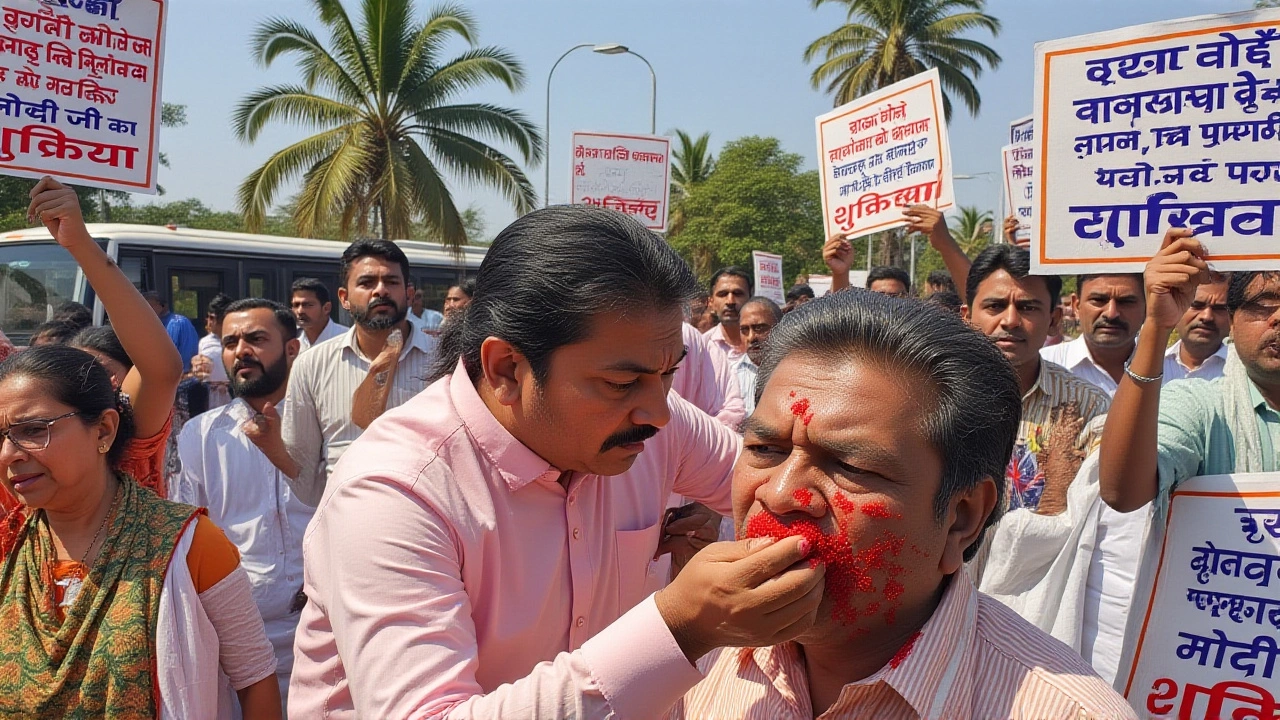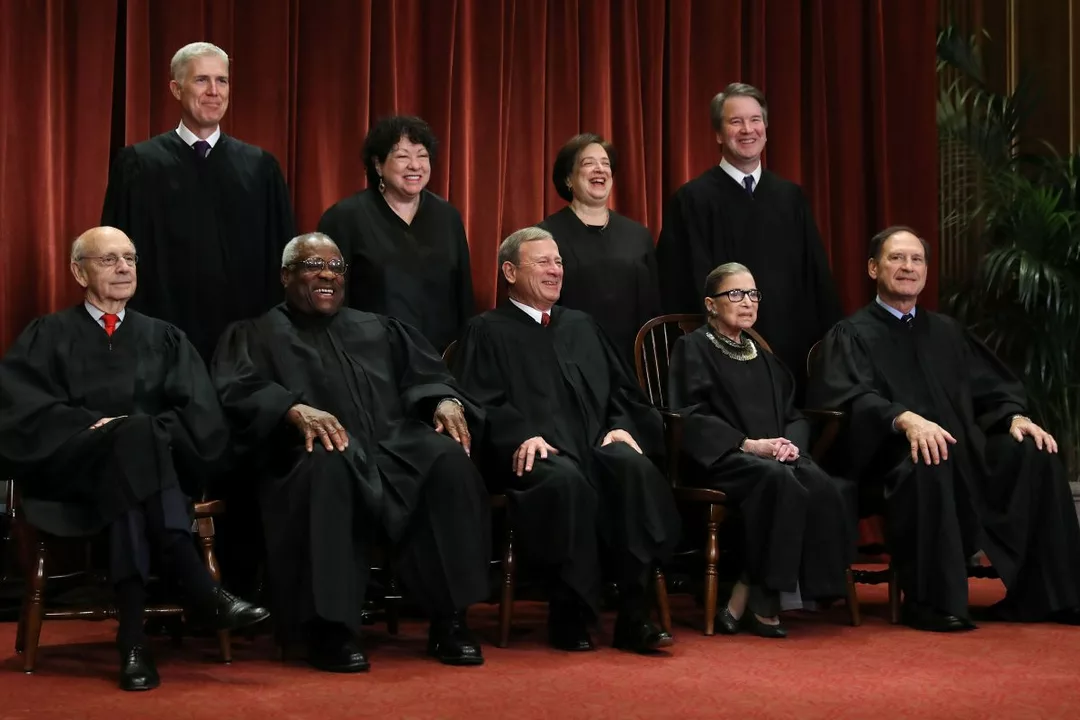Legal and Political Analysis: Court Verdicts, Policies & What They Mean
Looking for a quick, plain‑English take on the latest legal headlines? You’re in the right spot. We break down big court decisions and political moves so you can grasp why they matter without wading through legal jargon.
India’s courts have been in the news a lot lately, from high‑profile bail fights to debates over the Supreme Court’s reach. Each ruling ripples through everyday life, influencing everything from protests to business plans. Below, we unpack two key stories that are shaping the legal landscape right now.
Recent High‑Court Bail Decisions
The Delhi High Court recently turned down bail for Umar Khalid, Sharjeel Imam, and eight others linked to the 2020 Delhi riots. The judges called the violence “premeditated,” and they weren’t swayed by arguments about the long wait for trial. Basically, they said a rushed trial could hurt both the state and the accused.
Why does this matter for you? If you follow activism or student movements, this decision shows that courts are taking a tough stance on alleged riot participants, especially under the UAPA (Unlawful Activities Prevention Act). The UAPA makes it harder to get bail, so the ruling sends a clear signal to anyone thinking about large‑scale protests.
Sharjeel Imam has now appealed to the Supreme Court, turning the case into a test of bail standards under the UAPA. The outcome could set a precedent for future bail requests in terrorism‑related cases. Keep an eye on that appeal – it might reshape how quickly judges can grant or deny bail in high‑stakes political cases.
Why the Supreme Court Holds Massive Power
Ever wondered why many call the Supreme Court the most powerful judicial body on Earth? The answer lies in its ability to do judicial review – the final say on whether a law or government action fits the constitution.
When the Supreme Court says a law is unconstitutional, that law is dead, no matter how popular it was. This power shapes everything from voting rights to privacy rules. Because justices serve for life, their decisions can influence the country for decades.
But the Court isn’t a free‑wheeling ruler. Its power is balanced by checks from the legislature and the executive. Still, when a Supreme Court ruling hits the headlines, it often signals a major shift in policy or societal norms.
For regular citizens, understanding these dynamics helps you see how a single court decision can affect your job, your freedom of speech, or even the price of everyday goods. That’s why we keep a close watch on Supreme Court cases and explain them in plain language.
In short, whether you’re tracking a bail appeal in Delhi or debating the reach of the Supreme Court, the legal system is constantly shaping the political scene. Stay tuned for more updates, quick breakdowns, and what these rulings could mean for you.
Bihar Assembly Sees Lowest Muslim Representation in 74 Years: Only 11 MLAs Elected
Only 11 Muslim MLAs elected in Bihar’s 2025 Assembly polls—lowest since 1951—despite 17.7% population share. AIMIM leads with five wins, while RJD and Congress suffer major losses, signaling a shift from identity to development politics.
Delhi High Court bail verdict: Why Umar Khalid, Sharjeel Imam and 8 others were denied relief in 2020 riots case
The Delhi High Court has rejected bail for Umar Khalid, Sharjeel Imam and eight others in the 2020 Delhi riots conspiracy case, calling the violence premeditated. The accused have been in jail for over five years. The court brushed aside delay arguments, saying a rushed trial would hurt both sides. Sharjeel Imam has moved the Supreme Court, setting up a key test on bail under the UAPA.
Is the Supreme Court the most powerful judicial body on Earth?
In my opinion, the Supreme Court indeed holds the title of the most powerful judicial body on Earth. With its power of judicial review, it has the final say on the constitutionality of laws and government actions. The court's decisions have shaped societies and have had long-lasting impacts on various aspects of life. Moreover, the justices appointed to the Supreme Court serve for life, granting them the ability to influence the legal landscape for decades. However, it's important to remember that the court's power is still subject to the system of checks and balances, ensuring that no single branch of government becomes too dominant.


